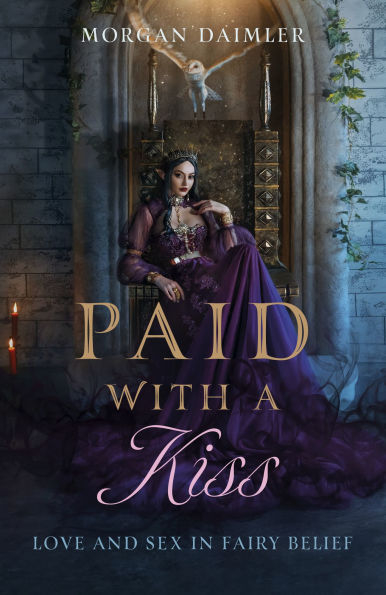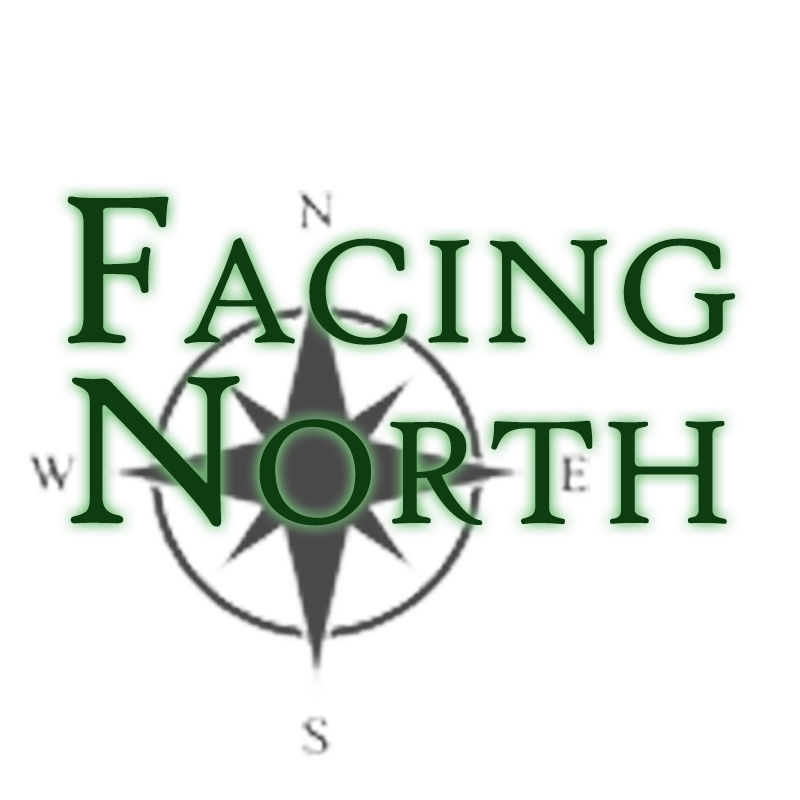Are Fairies sexual beings? Do they have sexual and romantic relationships with humans? What do these relationships look like? And how do these relationships change over time and from culture to culture?
Morgan Daimler sets out to answer these questions beginning with foundation ideas about gender and sexuality, then building through stories of faeries who have been with humans, literary examples drawn from various time periods ranging from Anglo-Saxon, Norse, and Medieval English to the present, the connection between fairies and deviance (not only sexual deviance), and present-day notions of the good neighbours and neo-Pagan faerie relationships.
Daimler draws from a wide range of folklore, traditional songs and stories for examples and a sophisticated use of gender analysis and history in exploring these topics. Medieval ideas of fairies as gender fluid and outside the rigid gender roles of the period in Europe are described, although fae were seen as possessing gender but expressing it differently.
She describes the shift in Victorian times to producing childlike asexual fairies, innocent Tinkerbells without the dangerous potency of earlier depictions. This bowdlerization into twee flower-spirits continues to the present (although some recent Pagan rediscovery of the land-spirits and the Otherworld denizens has challenged this). Daimler puts much of the blame for this reinterpretation at the feet of the Theosophists whose chief prophet, Madame Blavatsky, saw the fae as elementals, fundamentally innocent and unformed beings. Through occultists like Yeats and AE Russell and others, Blavatsky’s notions spread widely.
Moving onto present day depictions with Tolkien, who modified ancient material through a devout Catholic lens, and recent urban fantasy which has produced the very popular genre of ‘romantasy’ which has made faerie-human romance identical to human-human romance, downplaying the uncanny and transgressive natures of the fae.
One area that I wish that she had delved into more deeply is the embrace of the deviant and socially challenging identity of the fairy – groups like the gay liberation Pagan movement the Radical Faeries and their use of fairy wings and costumes in a playful reclaiming of the identity.
Her chapter headings are Gender and Sexuality; Faeries Who Love Humans; Fateful Fairies; Literary Lovers; Early Modern Fairy Lore; Victorian Fairies; Modern Fairies; Fairies, Humans and Deviance; Marriage to the Other; and Frequently Asked Questions. So many topics, such a breath of history and research, is a lot to pack into such a small book! This is a thought-provoking and valuable place to start exploring faery lore, with a decent bibliography.
~ review by Samuel Wagar
Author: Morgan Daimler
Moon Books, 2025
112 pg. Softcover £11 / $21 Can / $15 US

